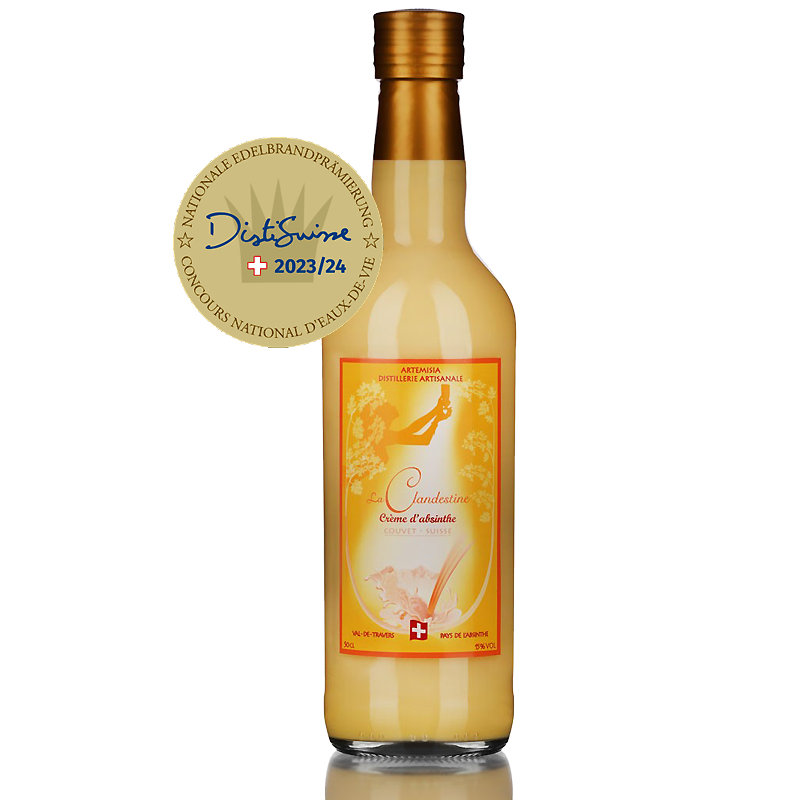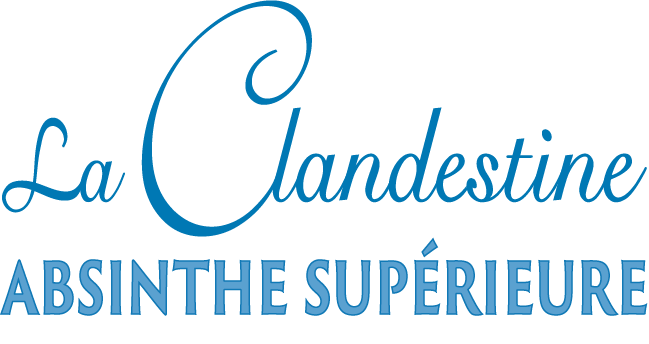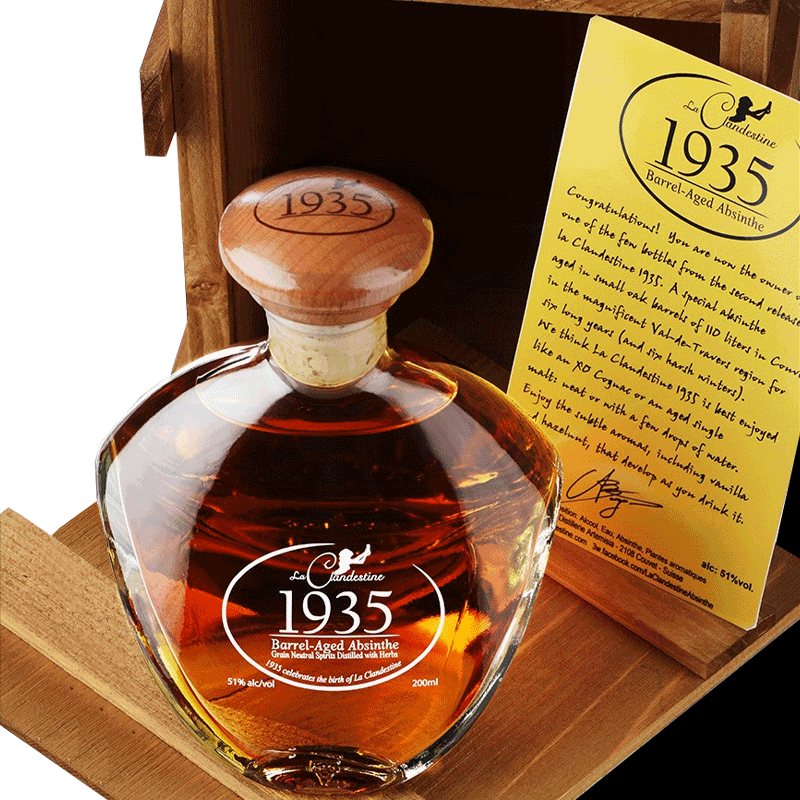O u r S t o r y
O u r S t o r y
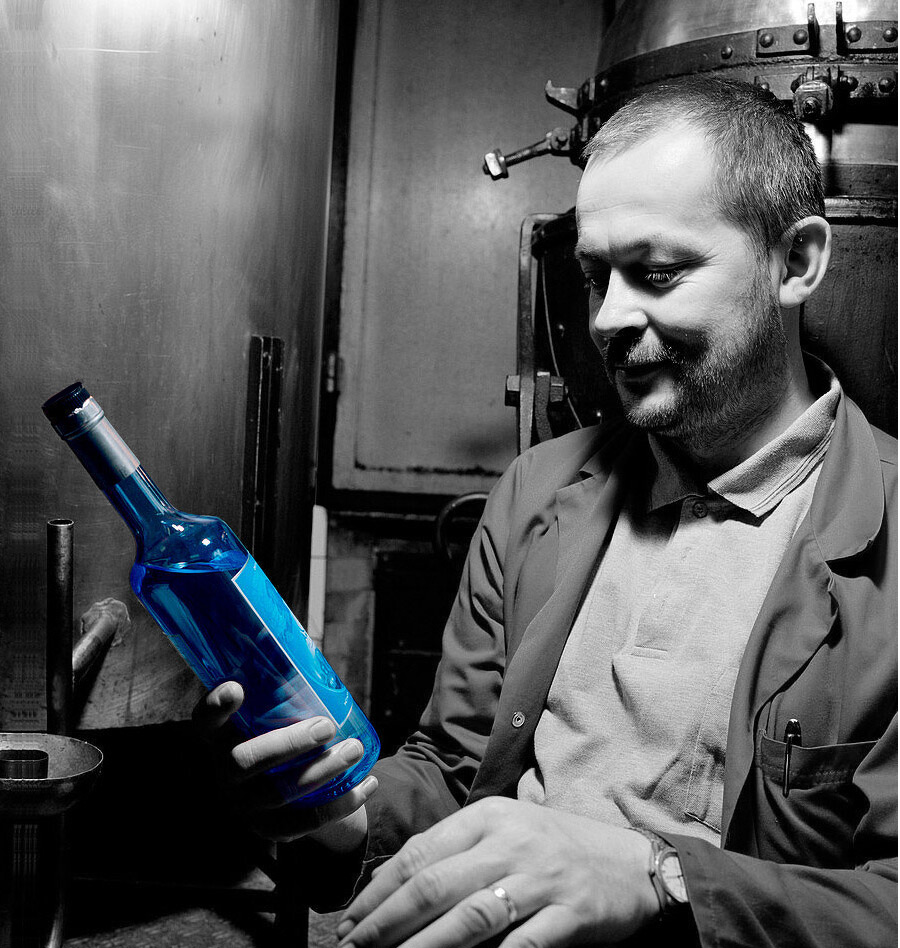
Some two hundred years after the birth of absinthe, Claude-Alain Bugnon, who was born in the region and worked in oil refining, became interested in the production of this famous drink, which had been banned since 1910 but existed throughout the Val-de-Travers. It was in 2000 that he began producing absinthe clandestinely in the basement of his home, having to negotiate with his wife for more room to distill and her more space to wash and dry the laundry!
Our Story
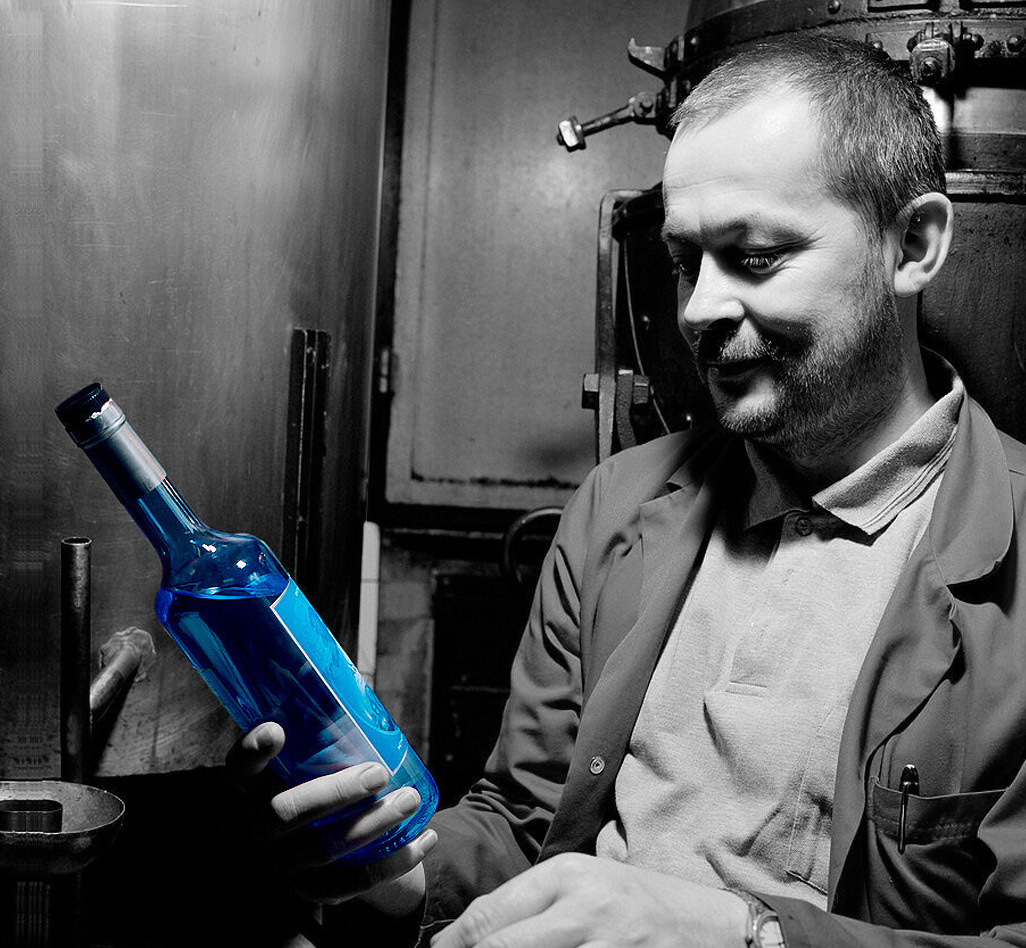
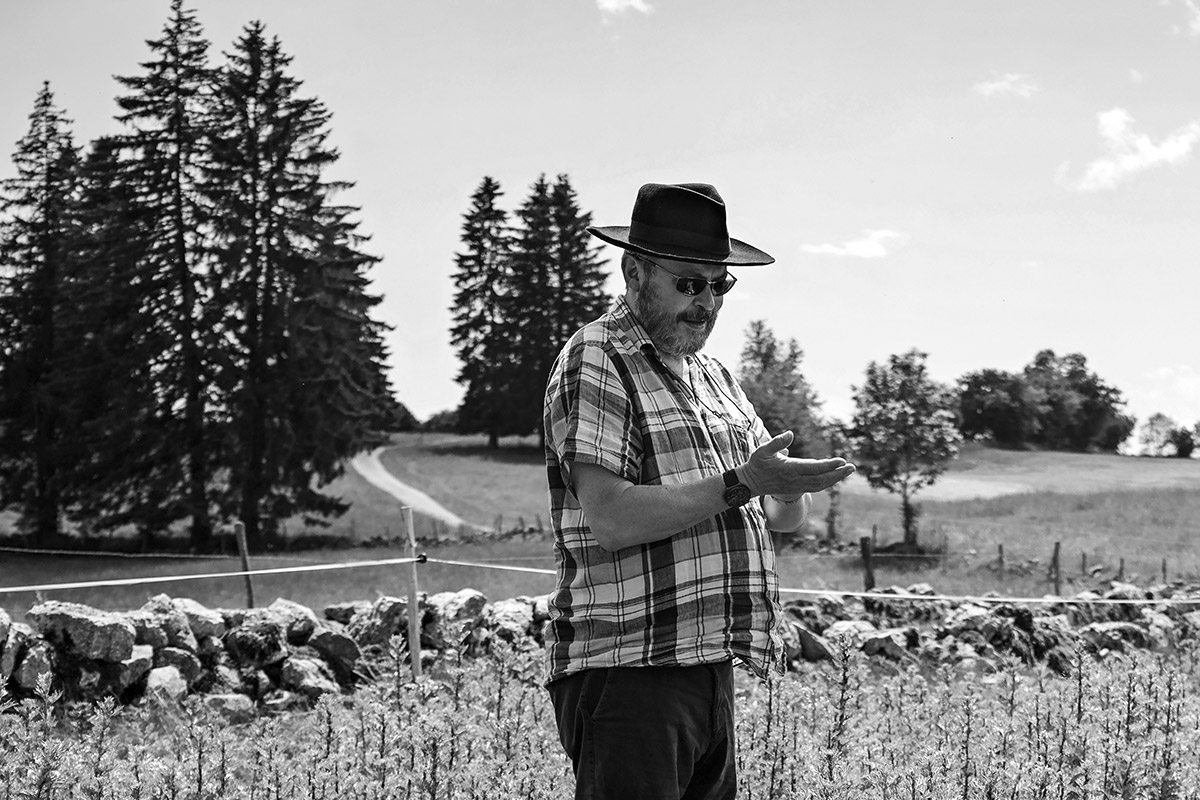
Swiss terroir: A unique combination of micro-climate, geography and soil ideal for Grande wormwood production La Clandestine Absinthe
Milestones

Discover the fascinating world of Distillerie Artemisia, where every drop of our absinthe is a tribute to our rich Val-de-Travers heritage, to the art of distillation and to the passion of creating an exceptional spirit.
Milestones
Discover the fascinating world of Distillerie Artemisia, where every drop of our absinthe is a tribute to our rich Val-de-Travers heritage, to the art of distillation and to the passion of creating an exceptional spirit.
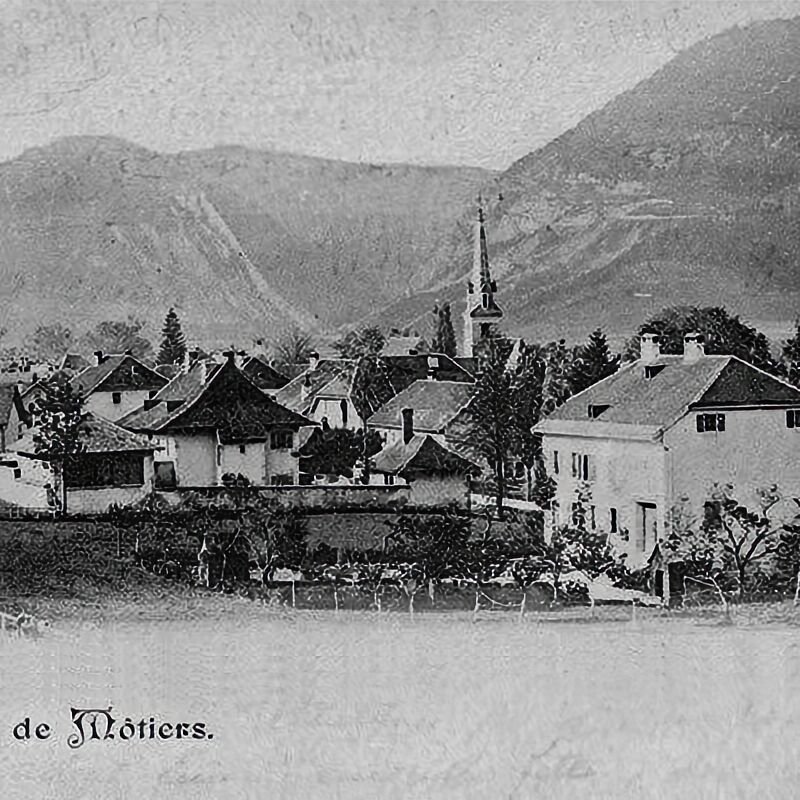
1905
Charlotte Jeanneret (later to become Charlotte Vaucher) is born in the Val-de-Travers, Switzerland.
1910
1910
Absinthe ban comes into effect in Switzerland.
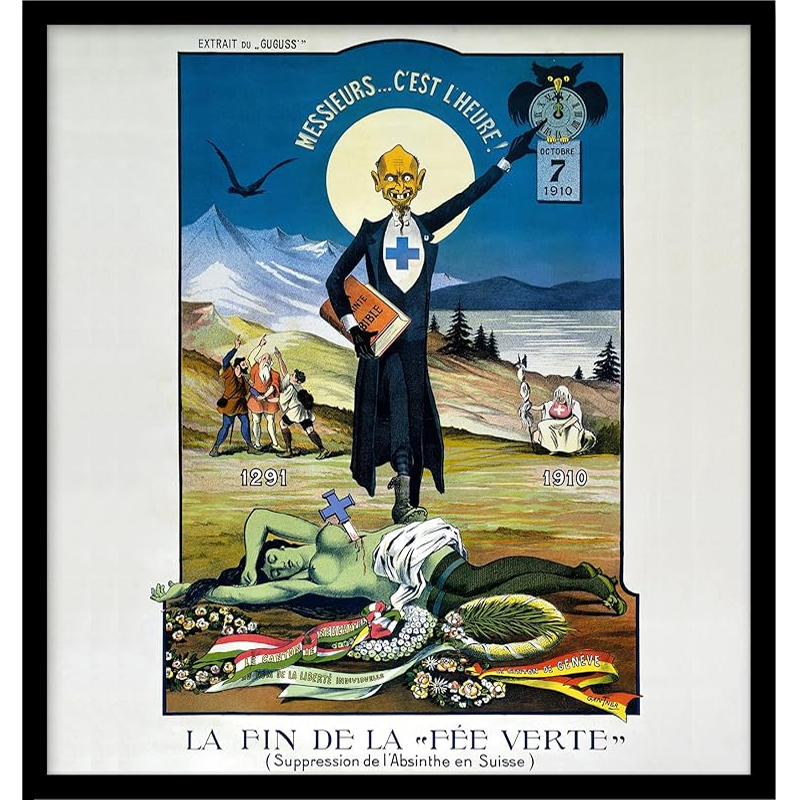

1935
Vaucher develops a recipe for a moonshine absinthe ostensibly for ‘friends and family.’ Over the many years of ‘clandestine resistance,’ she produces her absinthe in a permanently locked room of her family home.
2001
2001
Vaucher’s nephew provides Claude-Alain Bugnon (a budding moonshine absinthe enthusiast) with her original absinthe recipe. At home in Couvet, Bugnon starts making the moonshine, initially known as Clandestine La Bleue (or CLB as some like to call it) for limited distribution.


2004
Bugnon and his moonshine absinthe star in season 3, episode 7 of the renowned series, ‘The Thirsty Traveler.’ An important moment leading up to the relegalisation of absinthe in Switzerland.
2005
2005
On March 1st the 95-year ban on absinthe comes to an end and La Clandestine (as it is now trademarked) becomes the first moonshine-era Swiss absinthe to gain legal status on the actual day the ban is rescinded.
La Clandestine wins the first of many awards gaining Absinthe d’Or at the Swiss Spirits Awards.
That same year, La Capricieuse is introduced as a higher alcohol content blanche reminiscent of pre-ban Swiss blanches and Bugnon moves to a new location (still in Couvet) to establish a larger full-time distillery operation.
Distribution is expanded to Germany..

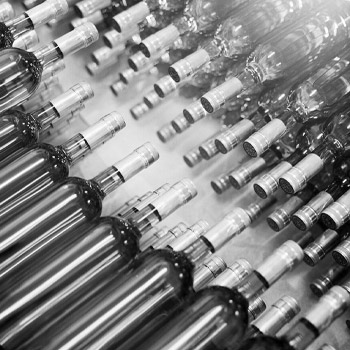
2006
The first shipment is made to Japan, further evidence of the brand’s quality.
2007
2007
Angélique is created and launched as the first new Swiss Verte in 100 years.
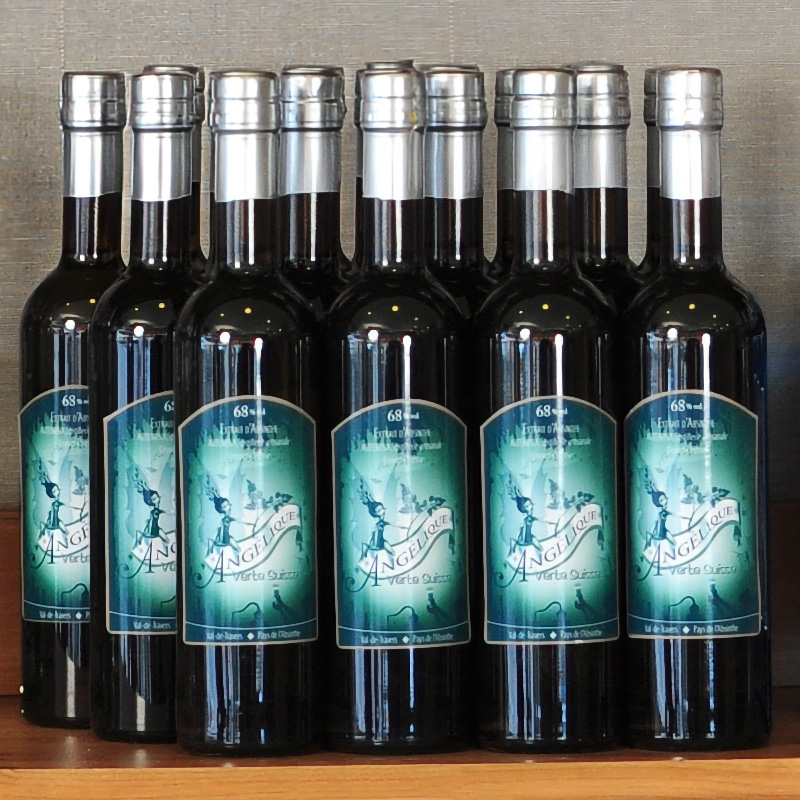

2008
The first bottles labelled specifically for the US market leave the distillery in July.
2009
2009
Angélique is rewarded with Bugnon’s fifth Golden Spoon award at the 9th Pontarlier Absinthiades.
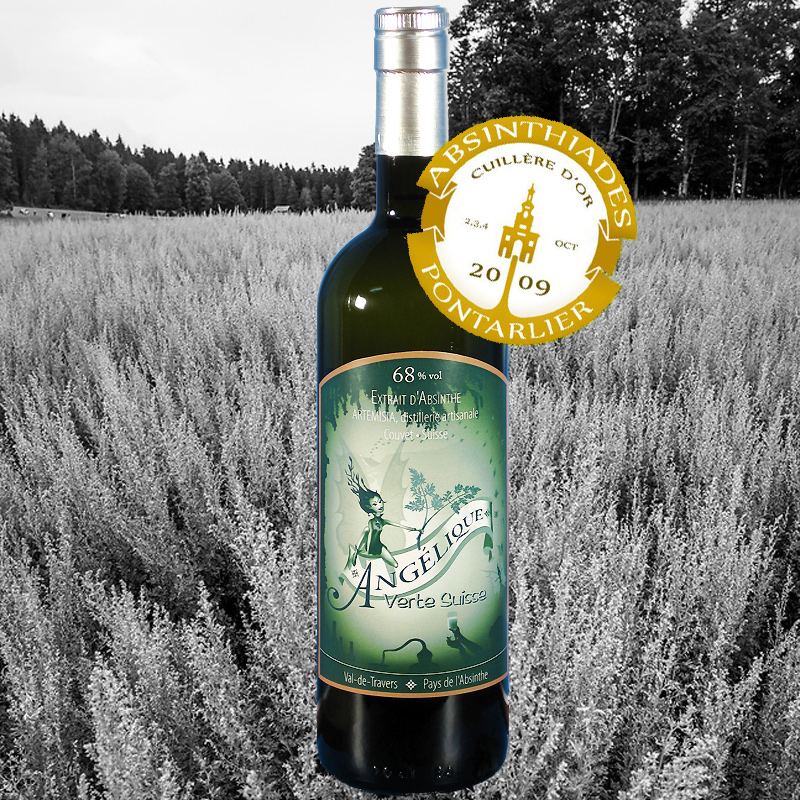
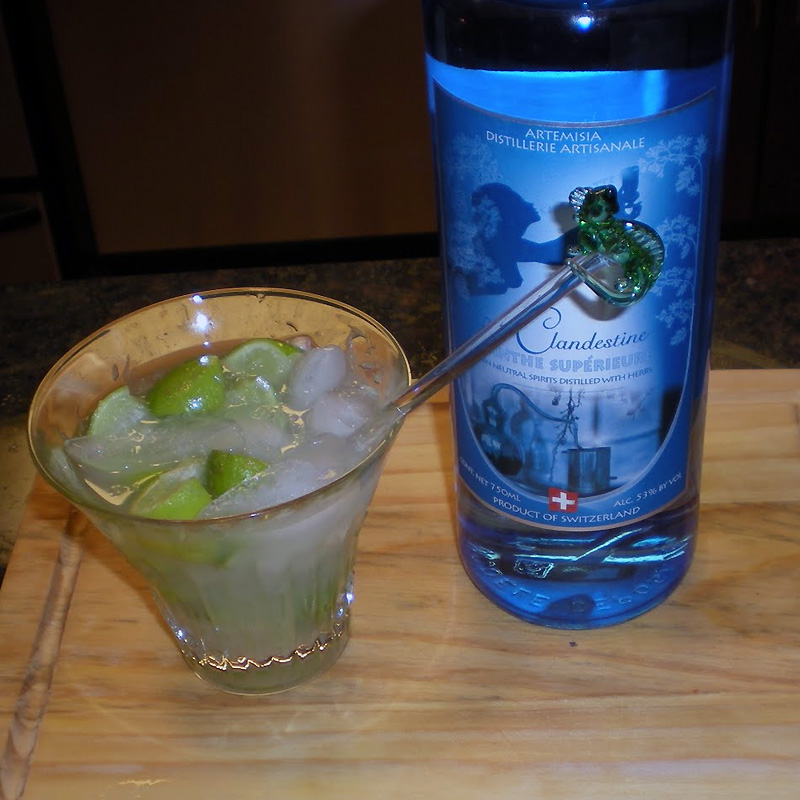
2010
La Clandestine Blanche is one of only three absinthes recommended in the three best-selling and definitive books on absinthe cocktails, all published in 2010
2010
2010
La Clandestine Crème d’Absinthe is introduced as a unique eggnog-style absinthe liqueur.
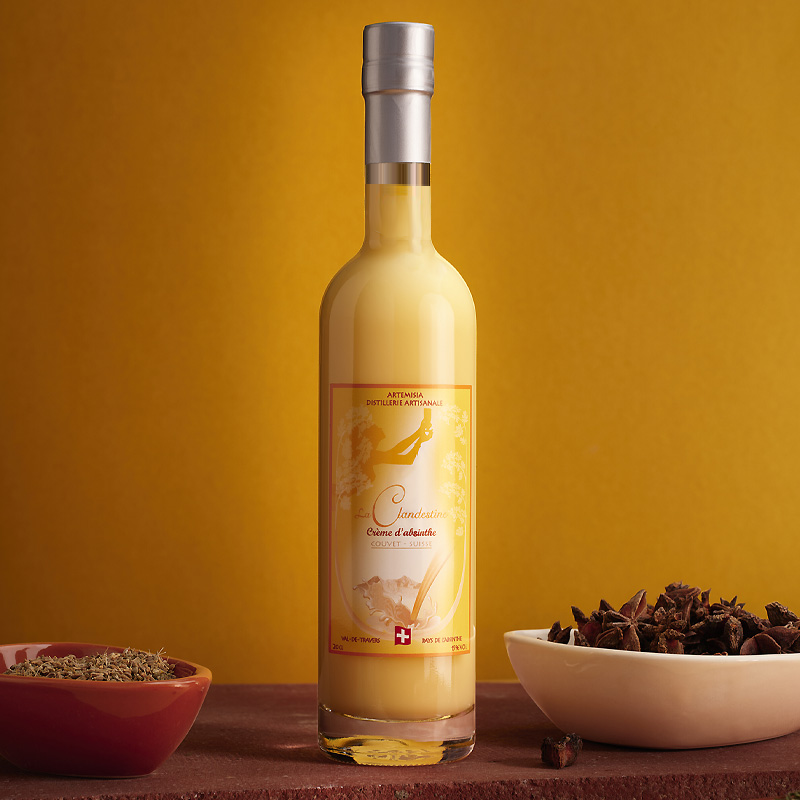
2017
2017
To support the ever-expanding distribution and sales of the La Clandestine portfolio, the distillery relocates to a larger more modern location (still in Couvet).
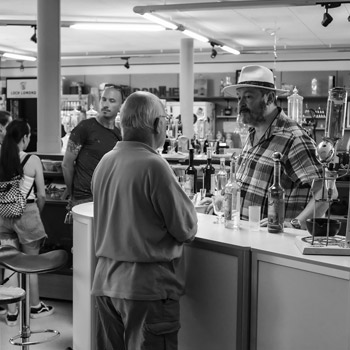
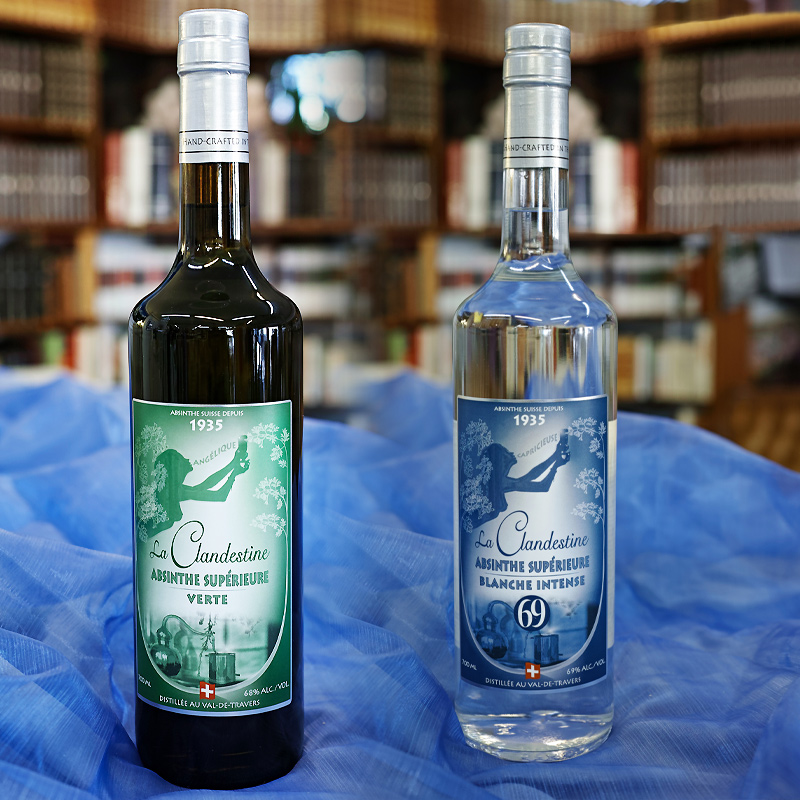
2022
Angélique is rebranded as La Clandestine Verte, reinforcing its connection to La Clandestine Blanche. La Capricieuse is rebranded as La Clandestine Blanche Intense completing the brand family lineup.
2024
2024
La Clandestine Crème d’Absinthe is the latest style to be rewarded with a Gold Award at DistiSuisse 23/24.
